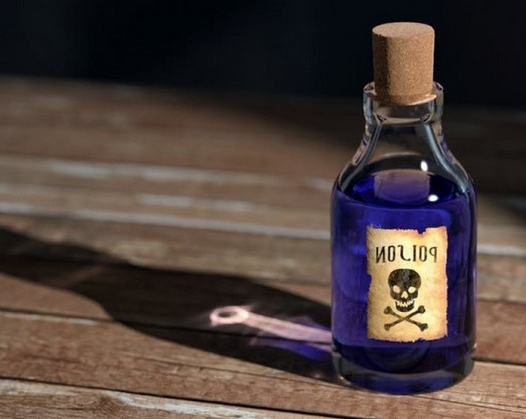As with all other hazards here, the key is prevention. Avoid using highly toxic substances where at all possible and ensure that good laboratory practices are developed and followed so your learners can minimise the likelihood of any exposure.

The most likely scenario here is simply the small-scale splashing of some into the mouth. In this, unless the substance is highly toxic, little more needs to be done than to wash out the mouth with water and then get the first aider to decide if further action is needed.
Swallowing is unlikely but there are circumstances where it might be an issue.
One is if there is a pupils with psychological problems who swallows something as an act of self harm. The other is in the case of either some pupils in a special school or primary pupils visiting. There have been a few instances where chemicals ready for use were put to one side in plastic cups and primary pupils picked them up and drank them – fortunately with no harm.
If by any chance, chemicals are swallowed, rather than simply in the mouth, do no more than wash the casualty's mouth. Do NOT induce vomiting. The stomach is quite well able to resist chemical damage at least for a while whereas vomiting will expose the more vulnerable oesophagus for a second time. After any treatment by the first aider, the casualty should be taken to hospital.
(Old advice from years ago used to suggest drinking milk or water – this is NOT now the case.) If surgery is needed then an empty stomach is preferred by anaesthetists if at all possible.
